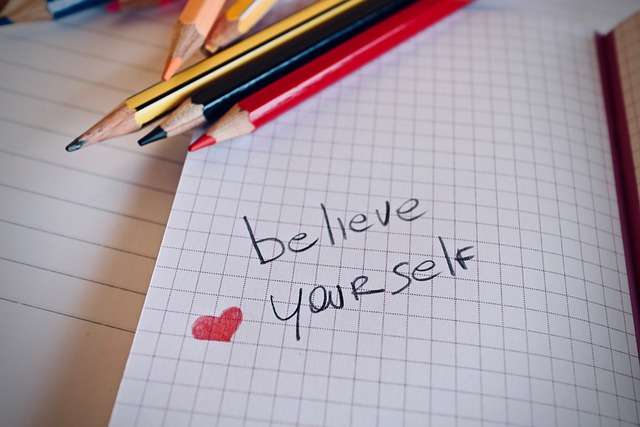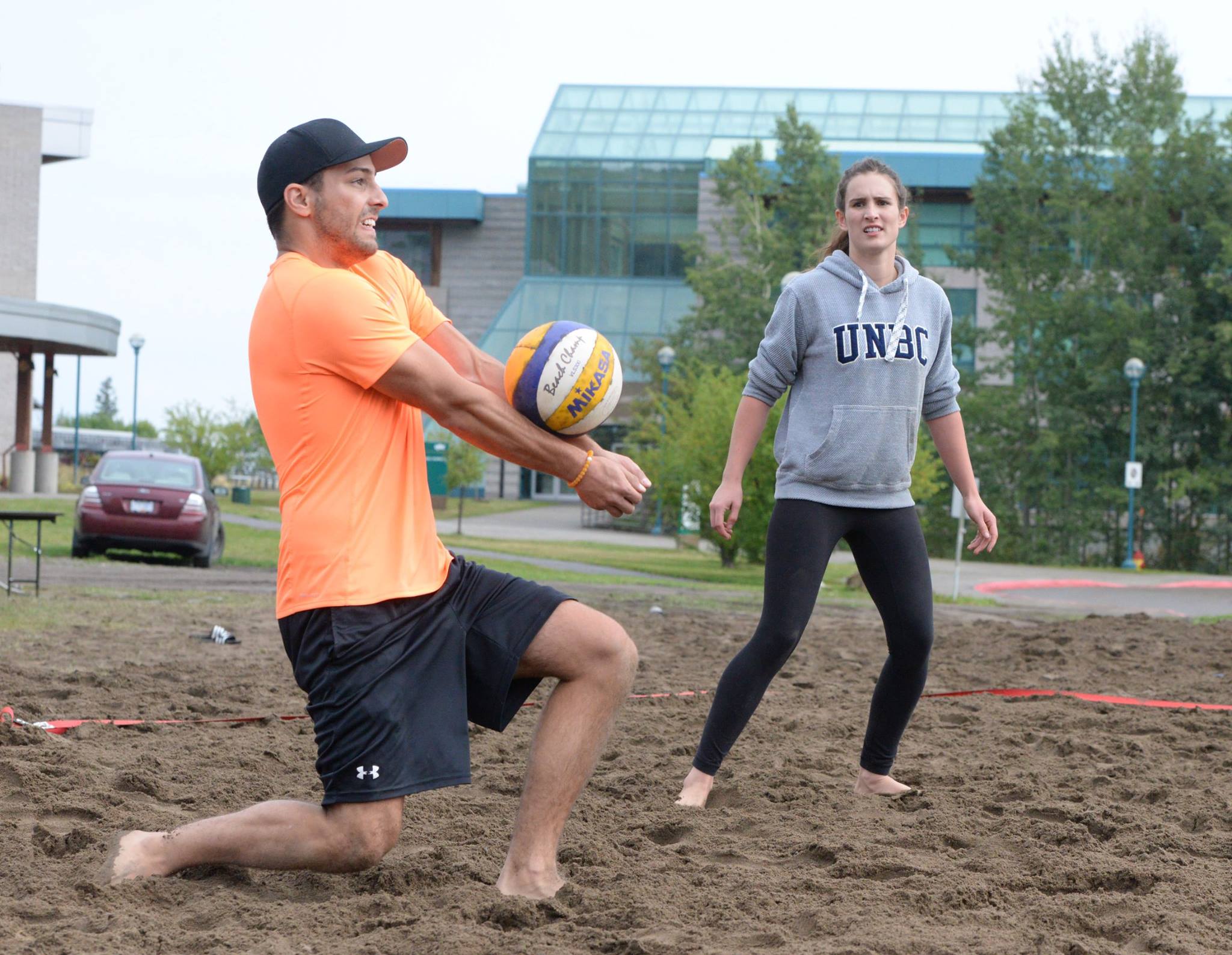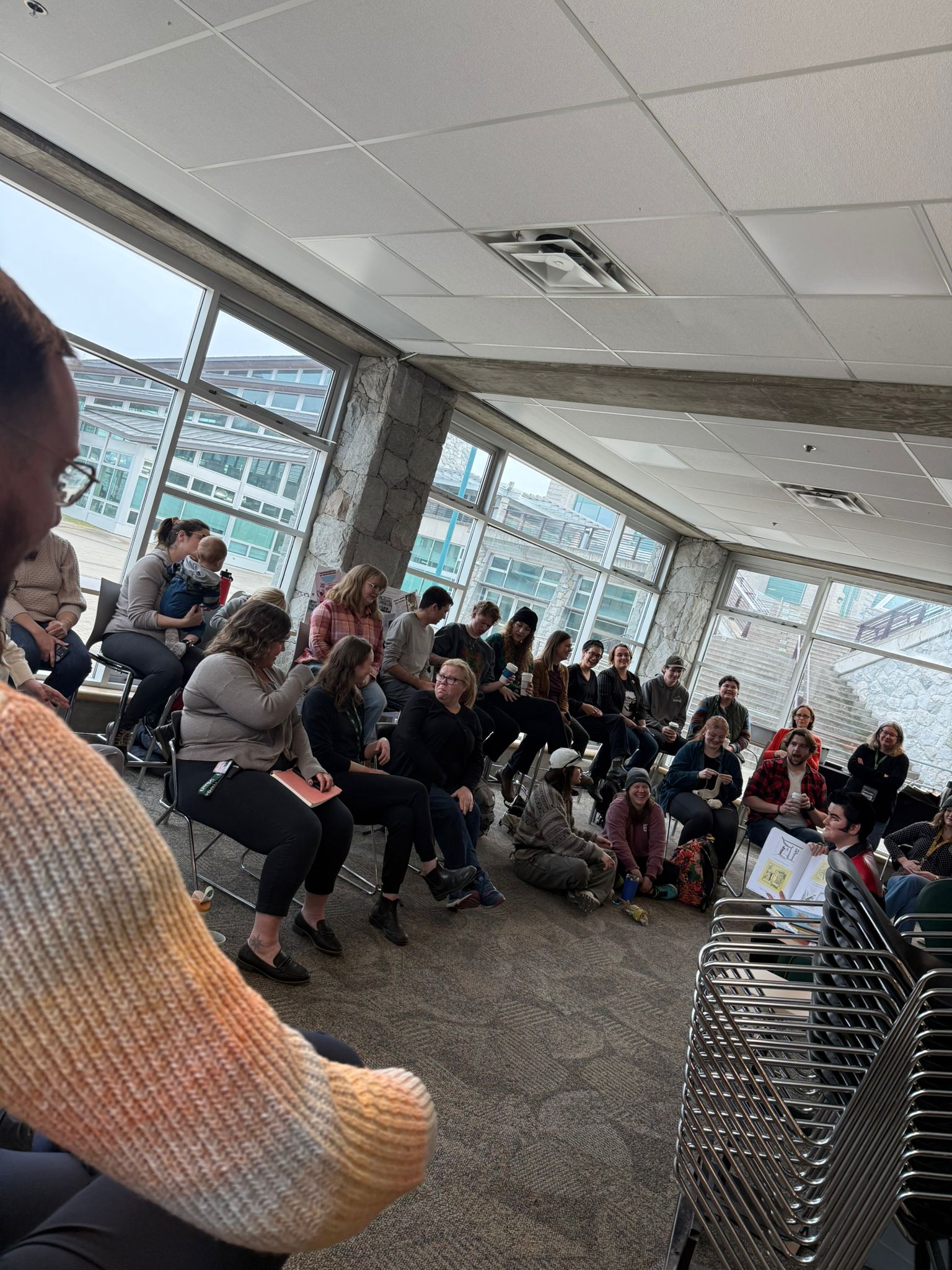Self-confidence is a feeling of trust in one’s abilities, qualities, and judgment. It allows people to demonstrate the best of their talents and wisdom. Conversely, lack of self-confidence makes most of the individual’s skills and expertise irrelevant because they cannot be put into action without confidence. This ability to put skills into action and trust in one’s abilities is the key to success, especially in sports and business.
A common mistaken belief is that confidence is given to an individual and is beyond one’s control. Despite this common misconception, scientific research demonstrates that people can build self-confidence. More recent psychological research suggests that people can make themselves believe that they are better than they are, which will cause them to perform better. I will share with you two tools that will help you improve your self-confidence and achieve better results at whatever you do!
One way to improve your self-confidence is to visualize your success. Visualization is the formation or representation of a situation in your mind before you do it. It has been consistently used over the past couple of years as an effective way to improve an individual’s self-confidence, technical skills, and overall performance. Multiple psychology studies confirmed that visualization could significantly influence people’s bodies and emotions. Why does it work? Apparently, despite all the human brain’s complexity, it cannot easily differentiate between reality and thorough imagination. It has been found that the same brain areas (and in some cases even muscles) fire up when people vividly and thoroughly visualize, as when people do these actions in real life. For example, when you imagine in full detail how you confidently speak during that final presentation in the packed conference room, the same brain regions will fire up as when you present in real life.
One advanced way to use visualization is to create your personal mental highlight clip, similar to the sports highlights video you often see on TV. To begin your visualization practice, imagine yourself in situations where your performance matters for you, such as a final project presentation, asking your boss about a pay raise, or even playing a bowling game. You should thoroughly and vividly imagine achieving success in this situation. Pay a lot of attention to details, including the background sounds, actions, voice, temper, emotions you feel, etc. You don’t need to spend lots of time visualizing – 3 minutes in the morning and/or 3 minutes before you go to bed. However, if you need a confidence boost, you can always go through your mental highlights reel minutes before that important event. Visualization doesn’t guarantee you will achieve absolute success, but it sets you up to feel more confident in those situations.
Another way to increase your confidence is to use positive self-talk. Self-talk is both a conscious and unconscious thinking process that happens in one’s head. This inner conversation is an integral part of human life, as some studies suggest that people, on average, have about 60,000 thoughts a day. Therefore, it is no wonder that our self-talk can significantly impact our self-confidence. However, while positive self-talk can boost our confidence, a negative one can break it. Unfortunately, we are all guilty of being pretty harsh to ourselves and engaging in negative self-talk from time to time. These thoughts often include unconstructive self-criticism and doubt, which can significantly lower your self-esteem over time.
The best way to benefit from your inner conversation is to make sure that it is positive, which will cheer you up and give you more confidence in your abilities. However, at the moment when your performance matters the most, or when you are emotionally overwhelmed, or when you do routine activities, it might be hard to take control of your intrusive self-talk. The good news is that there is a tool that can help you quickly regain control of negative thoughts (self-doubt and mental clutter) and focus on what needs to be done. I don’t remember the actual name of this tool, but I like to call it “my inner confidence speech.”
The idea of “my inner confidence speech” is based on scientific findings of the human thought process. One of them is that our mind can focus only on one thing at a time; therefore, you should carefully choose what you are focusing on. Another fascinating fact about our mind is that thinking “don’t do/think about something” actually makes you do exactly what you are trying to avoid. Thus, when building your inner confidence speech, substitute phrases like “don’t stumble” for “speak calmly and confidently.” Taking these two facts into consideration can help you build your inner confidence speech that will genuinely boost your confidence in important moments.
Your inner confidence speech should reflect your goals and what it takes to achieve them. Try to focus on actions that will allow you to be the most productive on the way to your goals. For this technique to work, you should commit to using this speech every time you find yourself thinking negatively. One way to think of a good inner confidence speech is to imagine what advice you would receive from a mentor you respect or any other significant person seconds away from an important event in your life. What would be their advice? (make sure to be very precise and avoid including “don’t”).
I hope these tools will help you improve your confidence and achieve better results!





